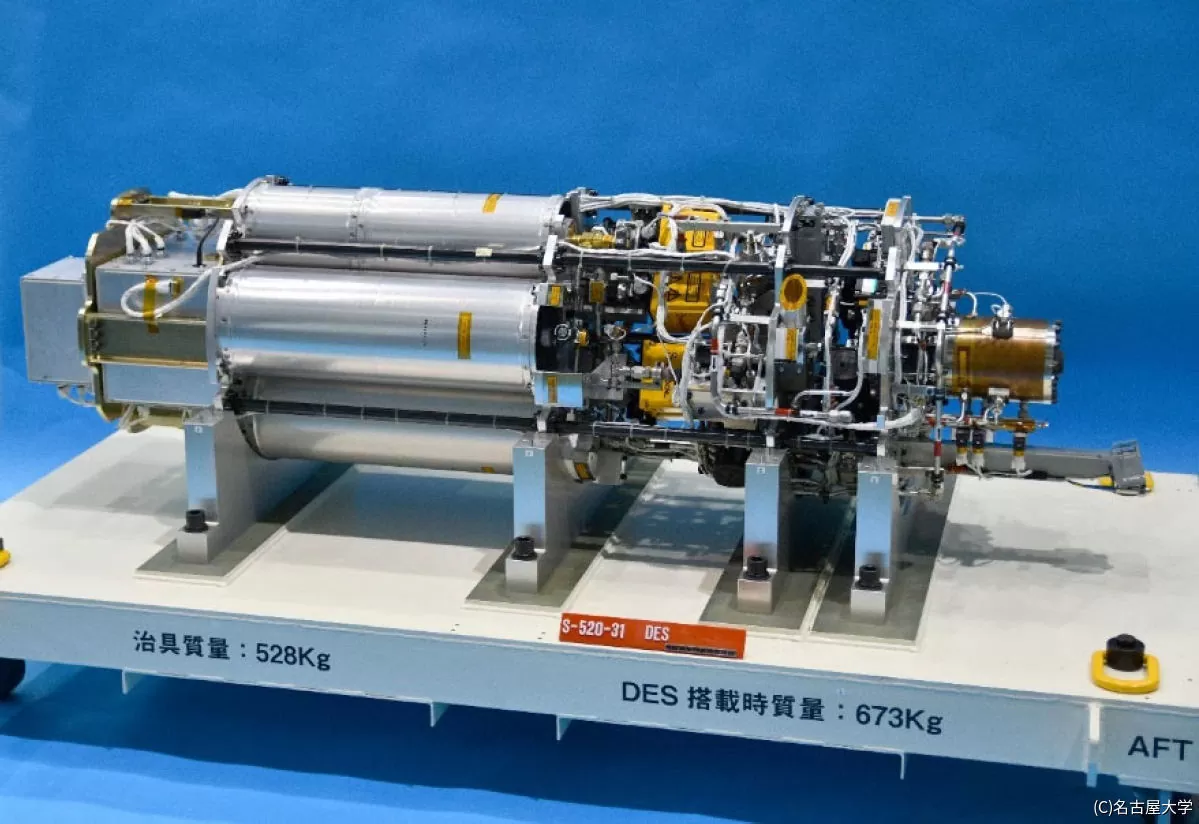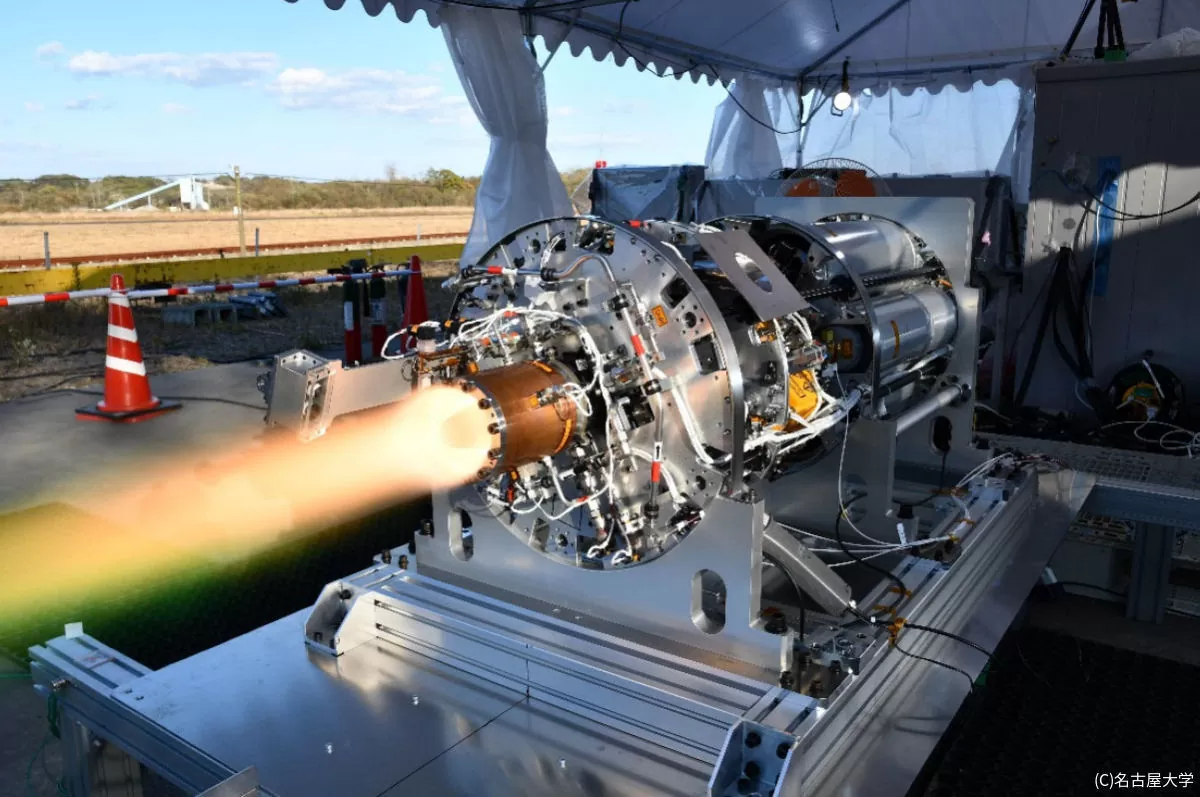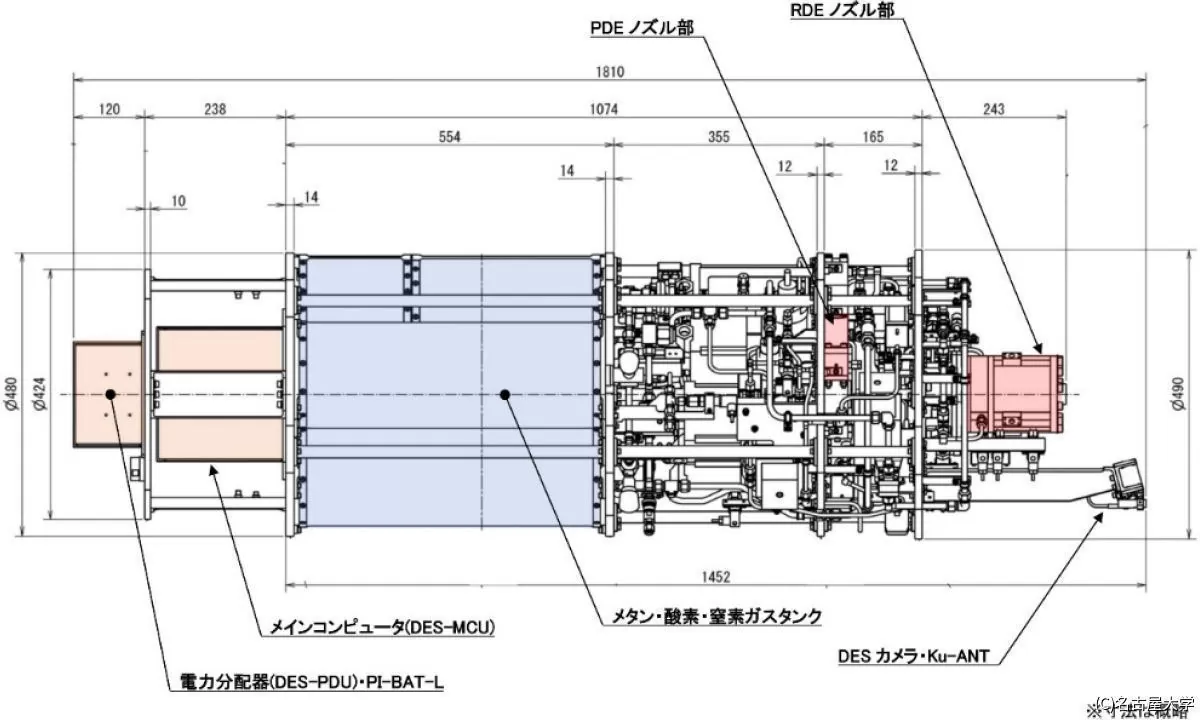


Nagoya University and JAXA: Detonation engine demonstration: Successful space flight
Nagoya University
JAXA
On August 19, we succeeded in demonstrating the space flight of the next-generation rocket / spacecraft engine “Detonation Engine”.
“Detonation engine”:
Along with the shock wave, heat is released by a chemical reaction.
It utilizes the “detonation phenomenon that enables high-speed combustion of this flammable gas.”
What is detonation:
Also called “hypersonic combustion”.
With the shock wave
By chemical reaction
The heat is released.
Mach 6 speed:
Its propagation speed is as high as 2 km / s.
It is possible to burn flammable gas at high speed.
It’s about Mach 5-6 speed.
Innovative high performance:
Generates detonation and compression waves at high frequencies (1-100kHz).
The reaction speed is increased by the detonation wave.
The aim is to reduce the weight and performance of rocket engines.
Compared to conventional rocket engines
The detonation engine
It can be said to be “innovative.”
Successful space flight demonstration:
Installed in the mission section of the sounding rocket “S-520-31”.
It was launched from JAXA Uchinoura Space Center on July 27.
Rotating detonation engine:
After the first stage rocket was separated, a “rotary detonation engine” with a thrust of 500 N was operated for 6 seconds in outer space.
Pulse detonation engine:
The attitude control “pulse detonation engine” was also operated normally for 2 seconds three times as planned.
Collection of empirical data:
Data such as images, pressure, temperature, vibration, position, and attitude were acquired.
It was recovered at sea with telemetry and atmospheric reentry capsule “RATS”.
Engine weight reduction and high performance:
This time, we succeeded in the space flight demonstration experiment.
The detonation engine
Kick motor for deep space exploration,
As a rocket first-stage / two-stage engine, etc.
It is very close to practical use.
It is possible to reduce the weight and performance of the engine at the same time.
TECH +
https://news.mynavi.jp/article/20210823-1954135/
Nagoya University: Succeeded in space flight experiment with detonation engine
Utilizing the combustion phenomenon generated by shock waves
Nagoya University
Professor Jiro Kasahara
Utilizes the combustion phenomenon generated by shock waves.
Succeeded in space flight experiment of “detonation engine”.
This is the first time that a detonation engine has been operated in space to acquire data.
Space flight experiment
The experiment was conducted as part of joint research with JAXA, Keio University, and Muroran Institute of Technology.
New switch